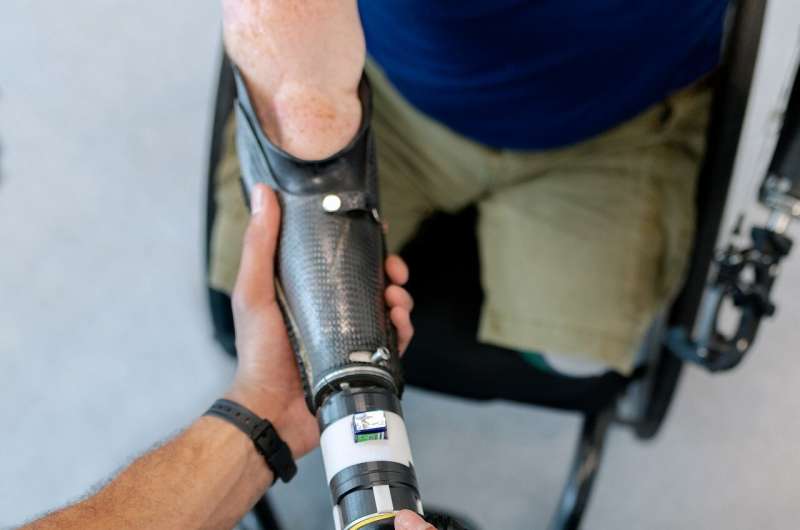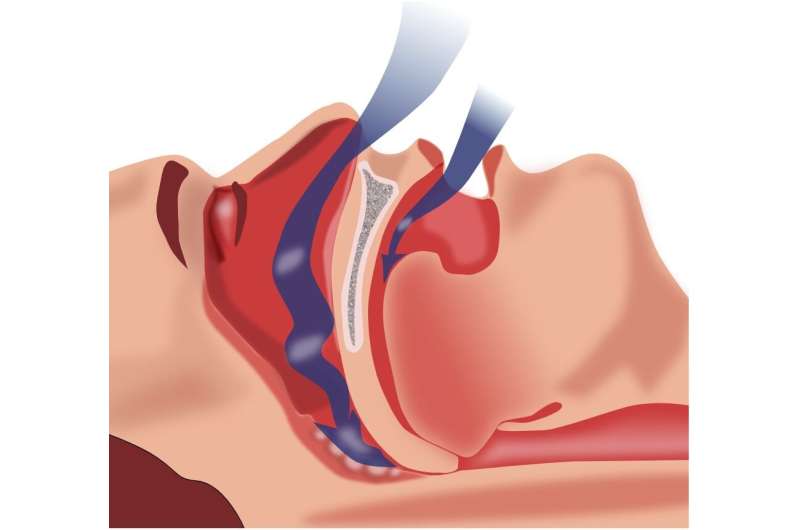Revolutionizing Healthcare with 3D Printing Technologies

Discover how 3D printing is revolutionizing healthcare by enabling personalized prosthetics, implants, surgical models, and pharmaceuticals tailored to individual patients, improving outcomes and accessibility.
Three-dimensional (3D) printing is rapidly transforming the healthcare industry by enabling the shift from generic, mass-produced medical solutions toward highly personalized treatments tailored to each patient's unique anatomy and needs. This innovative technology allows for the creation of customized prosthetics, implants, surgical models, and even pharmaceuticals, significantly enhancing outcomes and patient comfort.
For example, researchers are developing 3D-printed prosthetic hands specifically designed for children, utilizing lightweight materials and adaptable control systems to grow with the patient. Advances have made these prosthetics more affordable and accessible, demonstrating the potential of 3D printing to provide bespoke medical devices efficiently. The process involves translating a digital model into physical objects layer by layer using a 3D printer.
The origins of 3D printing in healthcare date back to the 1980s with techniques like stereolithography, which uses a laser to solidify liquid materials into precise shapes. Early applications included creating tissue scaffolds—structures that support cell growth—which were combined with patients' cells to produce functional replacement organs such as bladders. As bioprinting evolved, scientists began printing living tissues like liver segments to explore organ transplantation possibilities. While full organ creation remains experimental, ongoing research aims to refine these methods for clinical use.
In addition to tissue engineering, 3D printing has vastly improved prosthetic manufacturing, allowing for devices that fit perfectly and can be easily replaced or modified as patients grow. Customized implants, such as titanium facial reconstructions or spinal devices, offer better integration with the body compared to standard-shaped implants. Dentistry benefits from this technology too, with companies like Invisalign producing personalized clear aligners through 3D printing.
Emerging materials like self-healing bioglasses and innovative concepts such as 4D printing—objects that change shape over time—are expanding possibilities. Researchers are also developing smart stents that respond to blood flow, reducing complications and improving long-term health outcomes.
3D printing also plays a crucial role in surgical planning. Surgeons utilize patient-specific anatomical models created from imaging data to practice and prepare for complex procedures, leading to shorter surgeries and fewer complications. Furthermore, the technology is pioneering personalized pharmaceuticals, with drugs formulated to a patient’s exact dose, and even produced on-site in hospitals and pharmacies.
Despite these advancements, challenges remain, including ensuring the safety, quality, and cost-effectiveness of 3D-printed products. Regulatory frameworks are still under development, and high initial costs can be barriers to widespread adoption, especially in underserved communities. However, integrating artificial intelligence and machine learning with 3D printing techniques promises to optimize design accuracy, predict long-term durability, and accelerate the development of patient-specific solutions.
Innovative approaches such as ultrasound-induced gel formation inside the body and new biomaterials hold promise for the future of regenerative medicine, drug delivery, and tissue replacement. Overall, 3D printing is paving the way for personalized, precise, and effective healthcare, bringing about a new era of medical innovation.
Stay Updated with Mia's Feed
Get the latest health & wellness insights delivered straight to your inbox.
Related Articles
Impact of Obstructive Sleep Apnea on Memory and Brain Health
Obstructive sleep apnea significantly impacts memory and brain function through mechanisms like neuroinflammation and oxidative stress. Early diagnosis and therapy are essential for cognitive health.
Effective Professional Counseling Increases Postpartum Contraceptive Use Among Women
A new study reveals that high-quality contraceptive counseling significantly improves postpartum contraceptive use, reducing health risks associated with rapid pregnancies. Early and satisfactory guidance empowers women to make informed reproductive choices.
Artificial Intelligence Enhances Blood Pressure Reporting Accuracy in Older Adults at Home
AI-powered voice assistants are transforming blood pressure management among older adults by enabling accurate self-reporting, improving outcomes, and reducing costs. Learn how this innovative technology is changing hypertension care.
Study Identifies Key Barriers to Demand-Responsive Transport for Individuals with Poor Health
A recent study uncovers the barriers faced by individuals with poor health in using demand-responsive transport, emphasizing community involvement and infrastructure improvements to boost accessibility.



